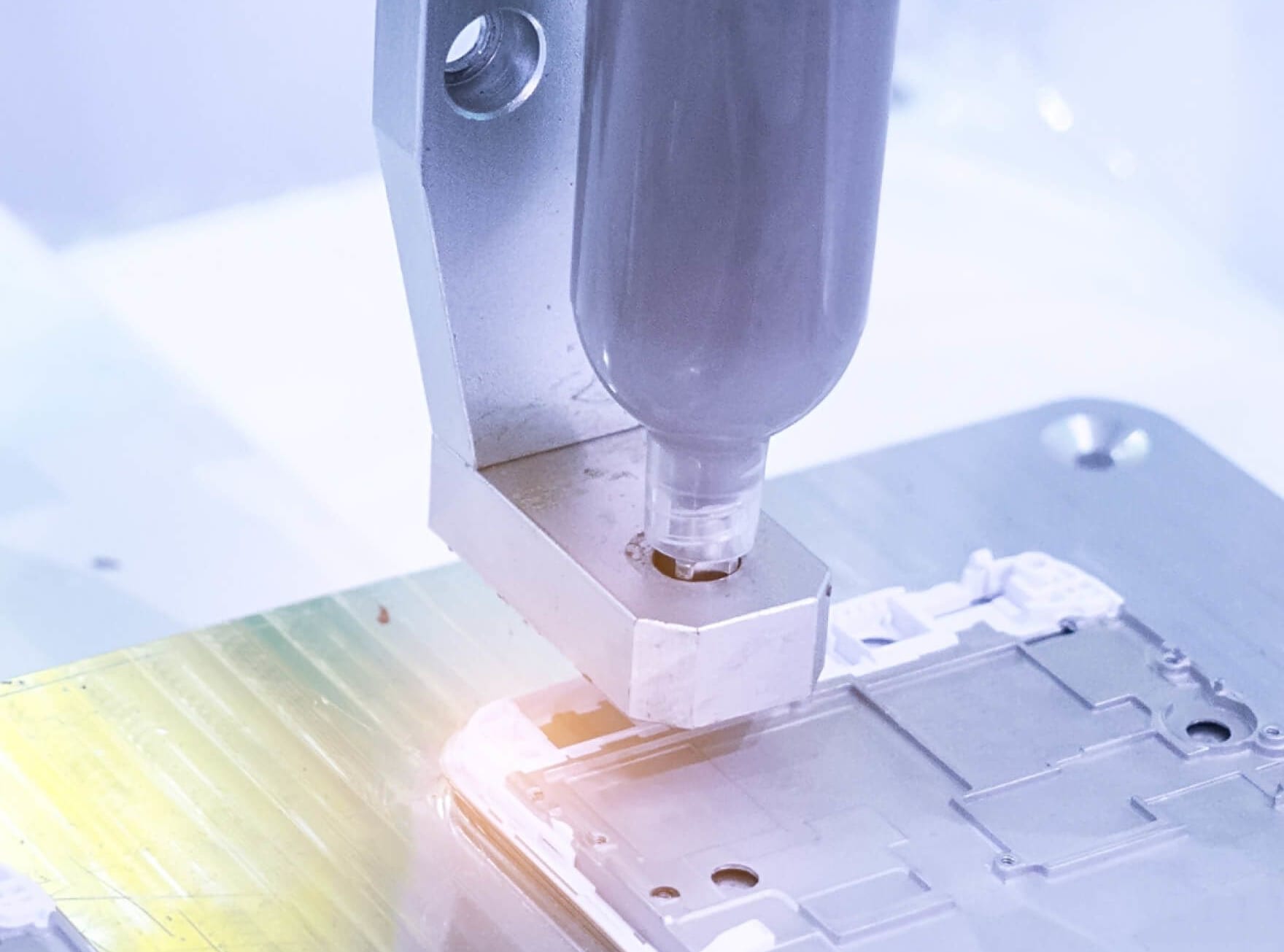Knowde Enhanced TDS
Identification & Functionality
- Product Type
- Technologies
- Product Families
Features & Benefits
Applications & Uses
- Markets
- Application Area
- Application Method
- Cure Method
Properties
- Typical Properties
- Typical Cured Properties
| Value | Units | Test Method / Conditions | |
| Conductivity | max. 50 | ohms/sq/mil | — |
| Value | Units | Test Method / Conditions | |
| Viscosity | 10,000 - 12,000 | cps | — |
| Filler | Carbon | — | — |
| Sheet Resistivity | max. 50 | Ω/sq/mil | — |
| Glass Transition Temperature | 75 | °C | — |
| Hydrolytic Stability | Excellent | — | — |
| Useful Temperature Range | -55 to 200 | ºC | — |
| Thermal Stability | Good to 325 | °C | — |
Regulatory & Compliance
- Certifications & Compliance
Safety & Health
- Safety & Handling
- Use with adequate ventilation.
- Keep away from sparks and open flames.
- Avoid prolonged contact with skin and breathing of vapors.
- Wash with soap and water to remove from skin.
Storage & Handling
- Shelf Life
- 12 months at 25°C.
- Suggested Handling & Curing
119-28 is ready to use as supplied. Further thinning may be accomplished by adding small amounts of CMI Thinners #113-39, or 114-20. Prior to using, be certain to resuspend filler. Best properties, for most applications, result when cured for 10 minutes at 105°C. Good properties are obtained on a variety of substrates by dry and curing at temperatures ranging from 50°C to l80°C. End user is advised to experimentally determine temperature and time best suited for individual applications.

